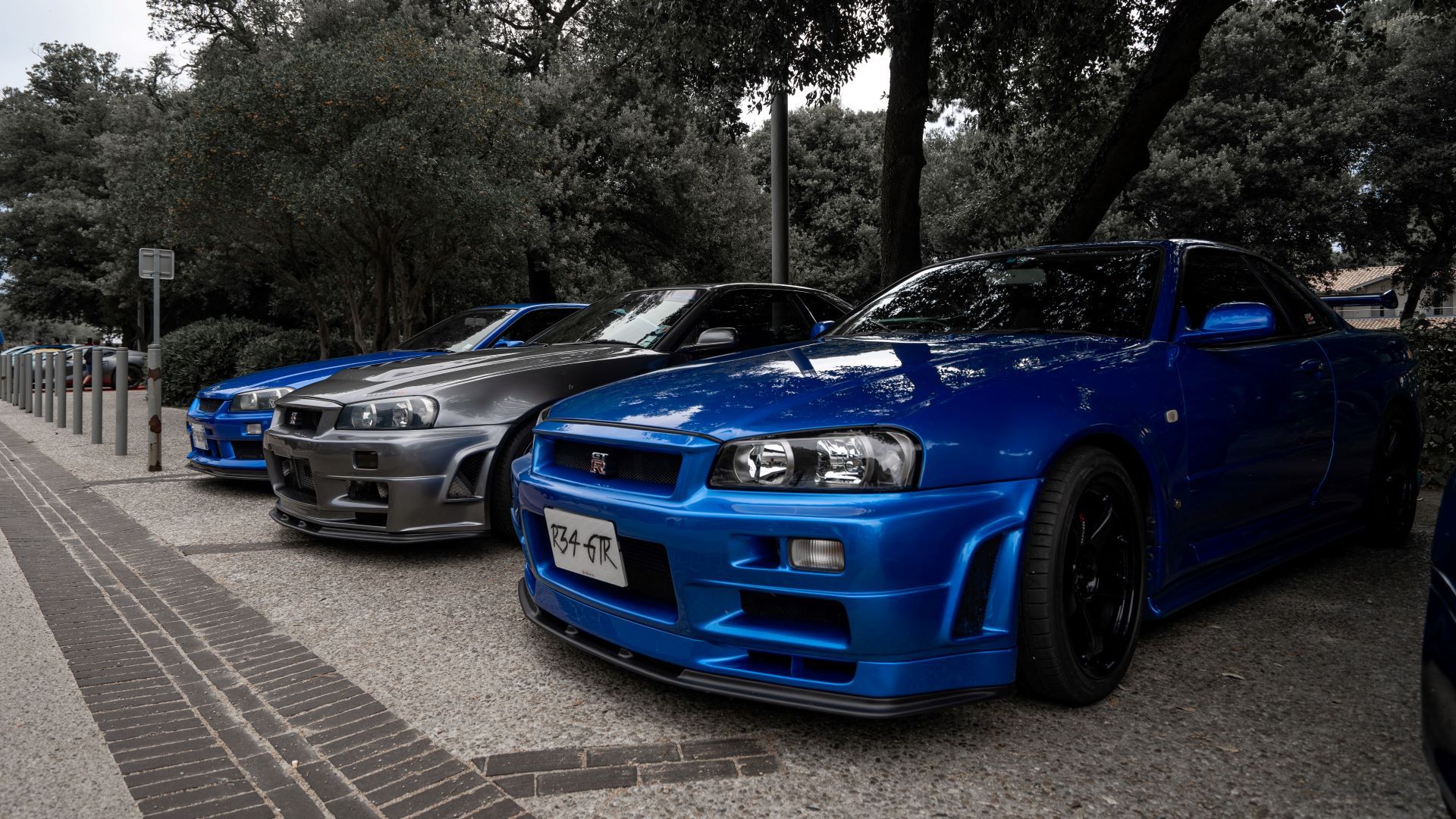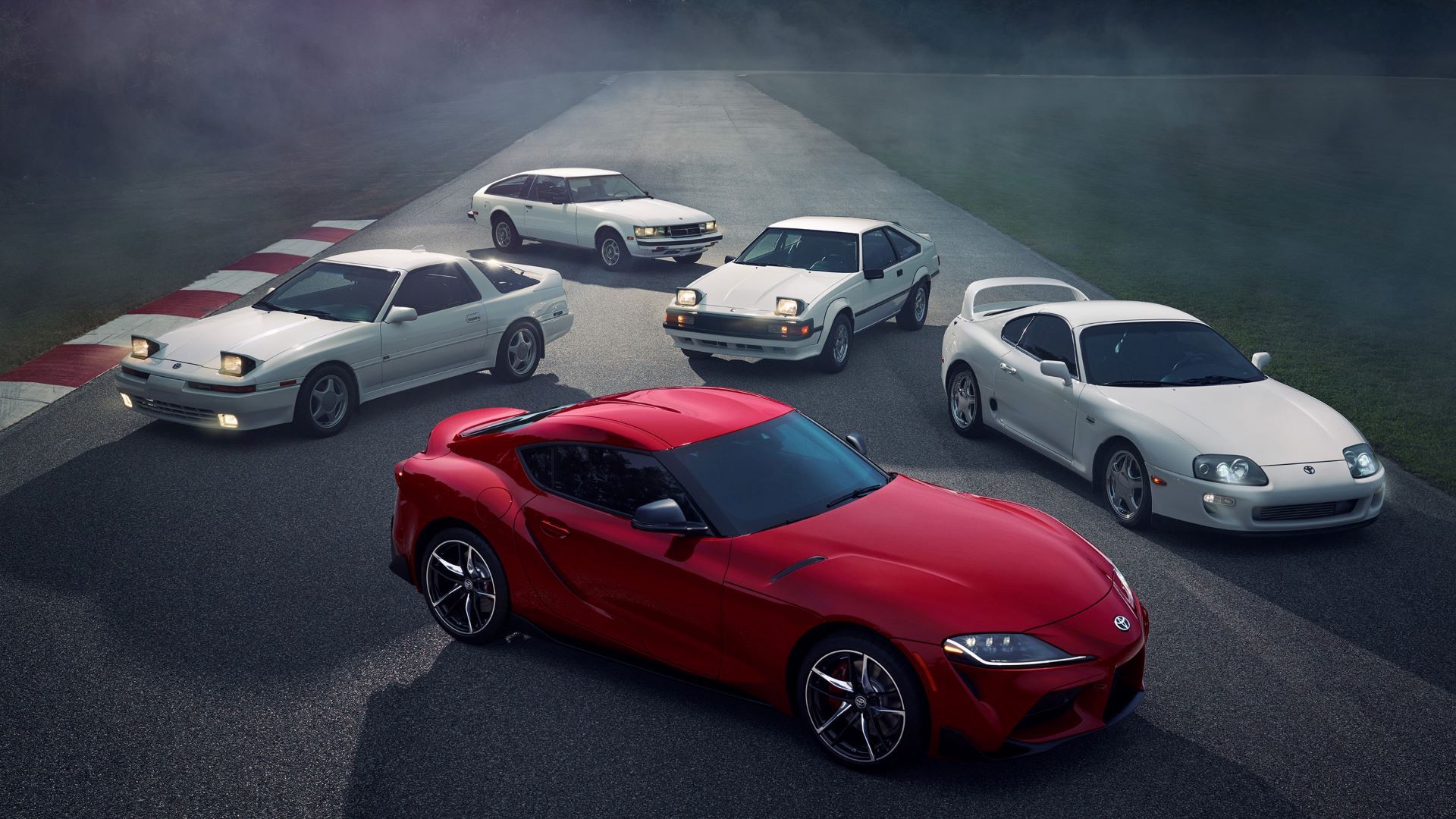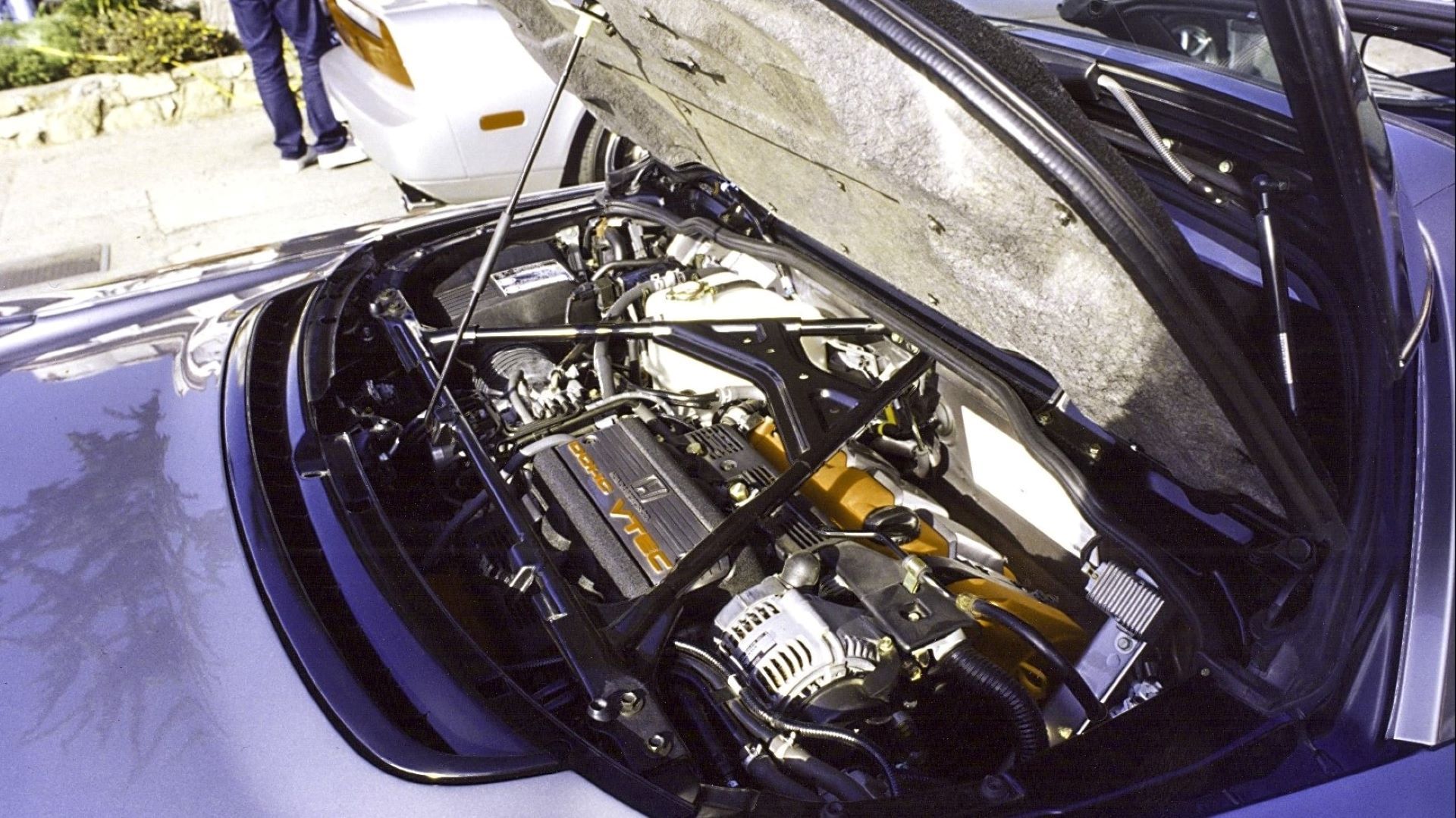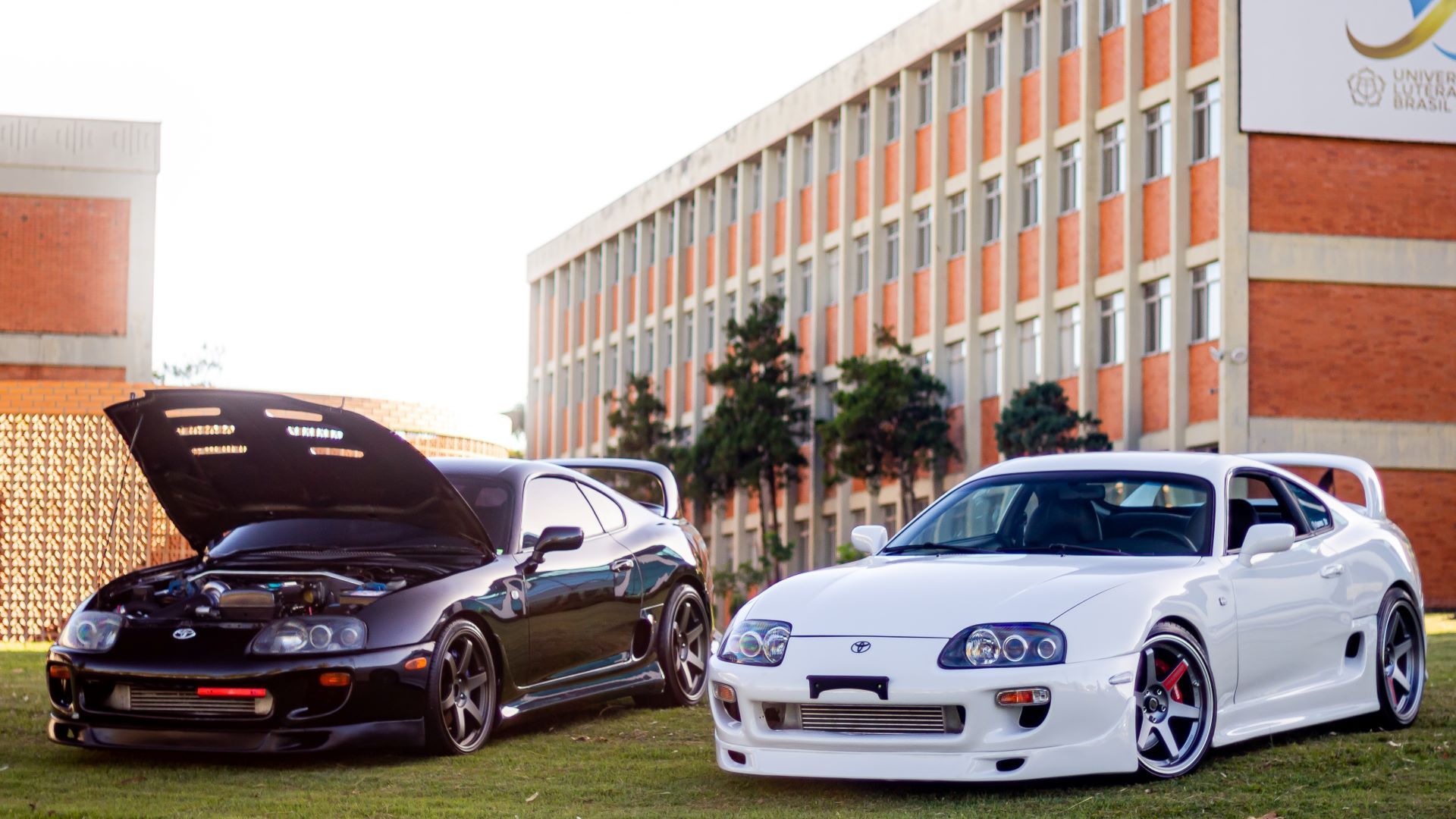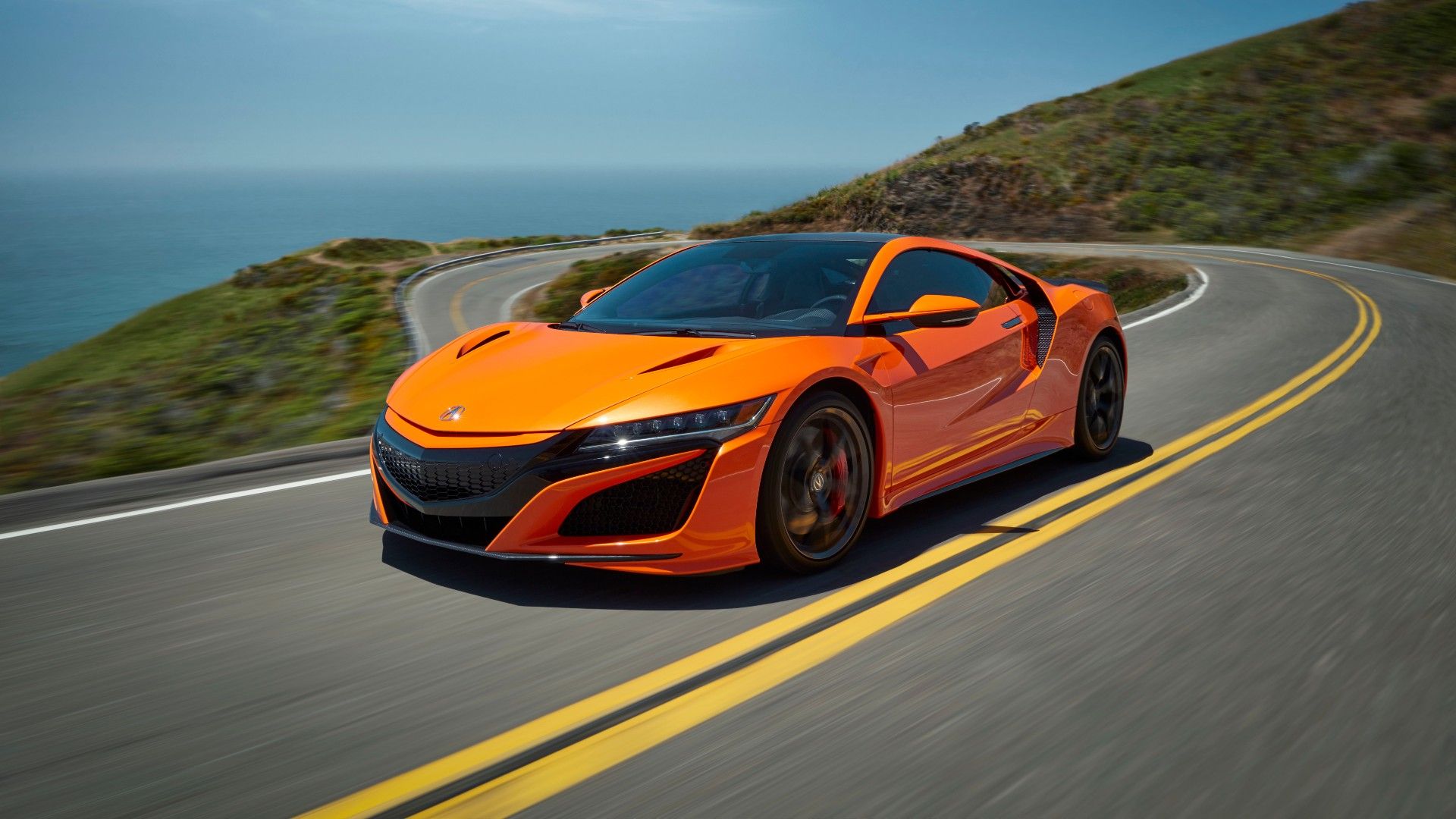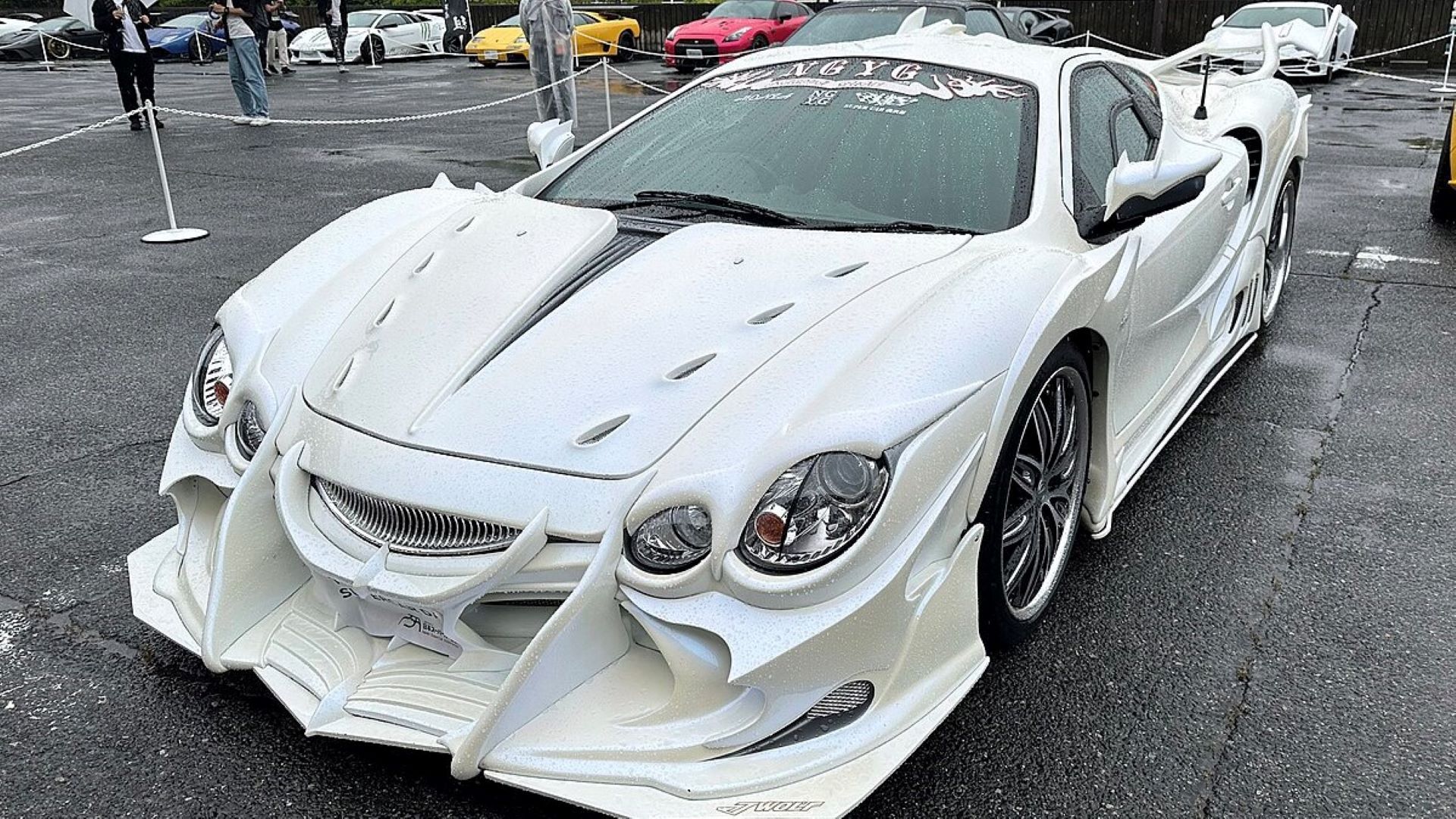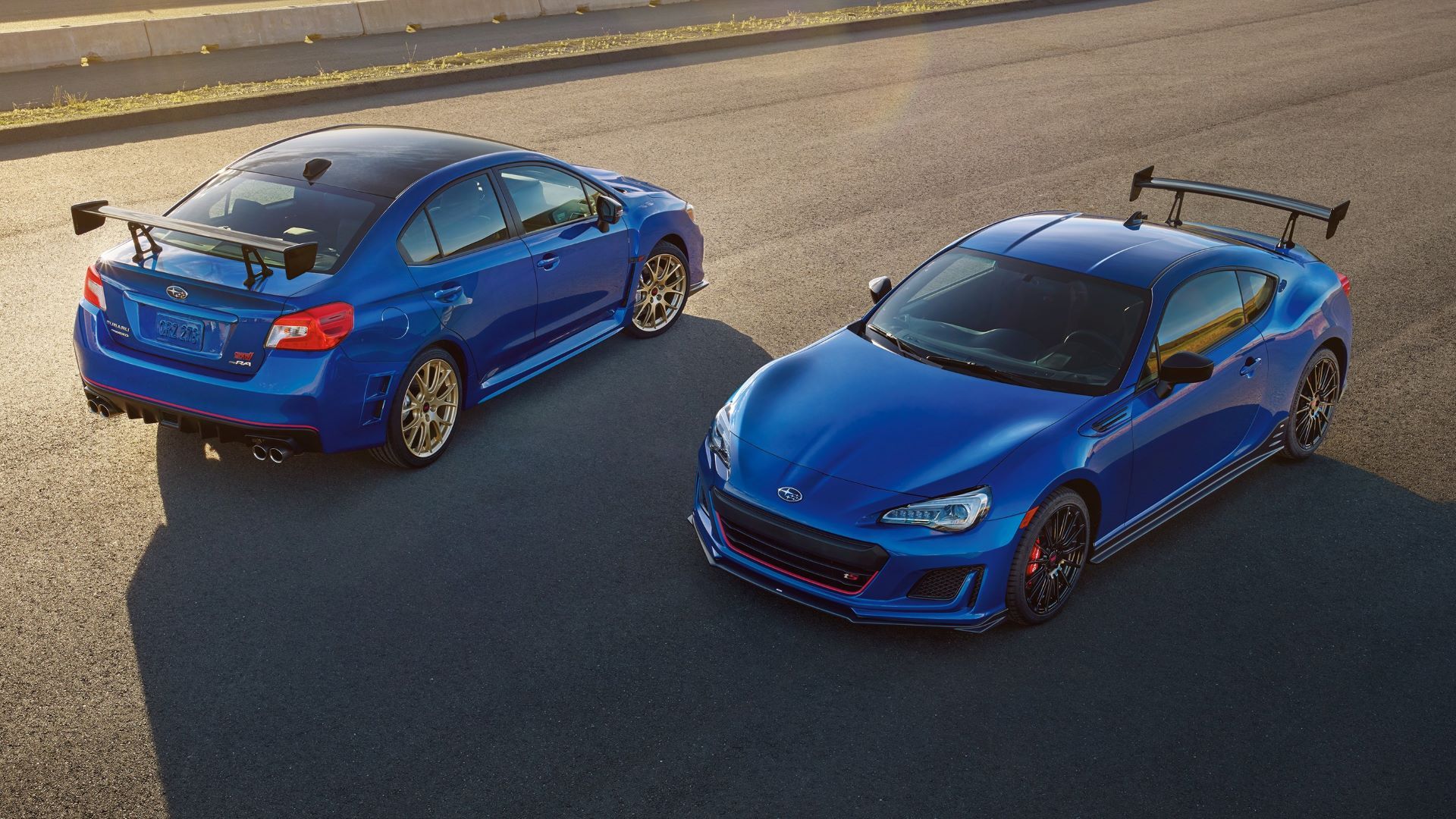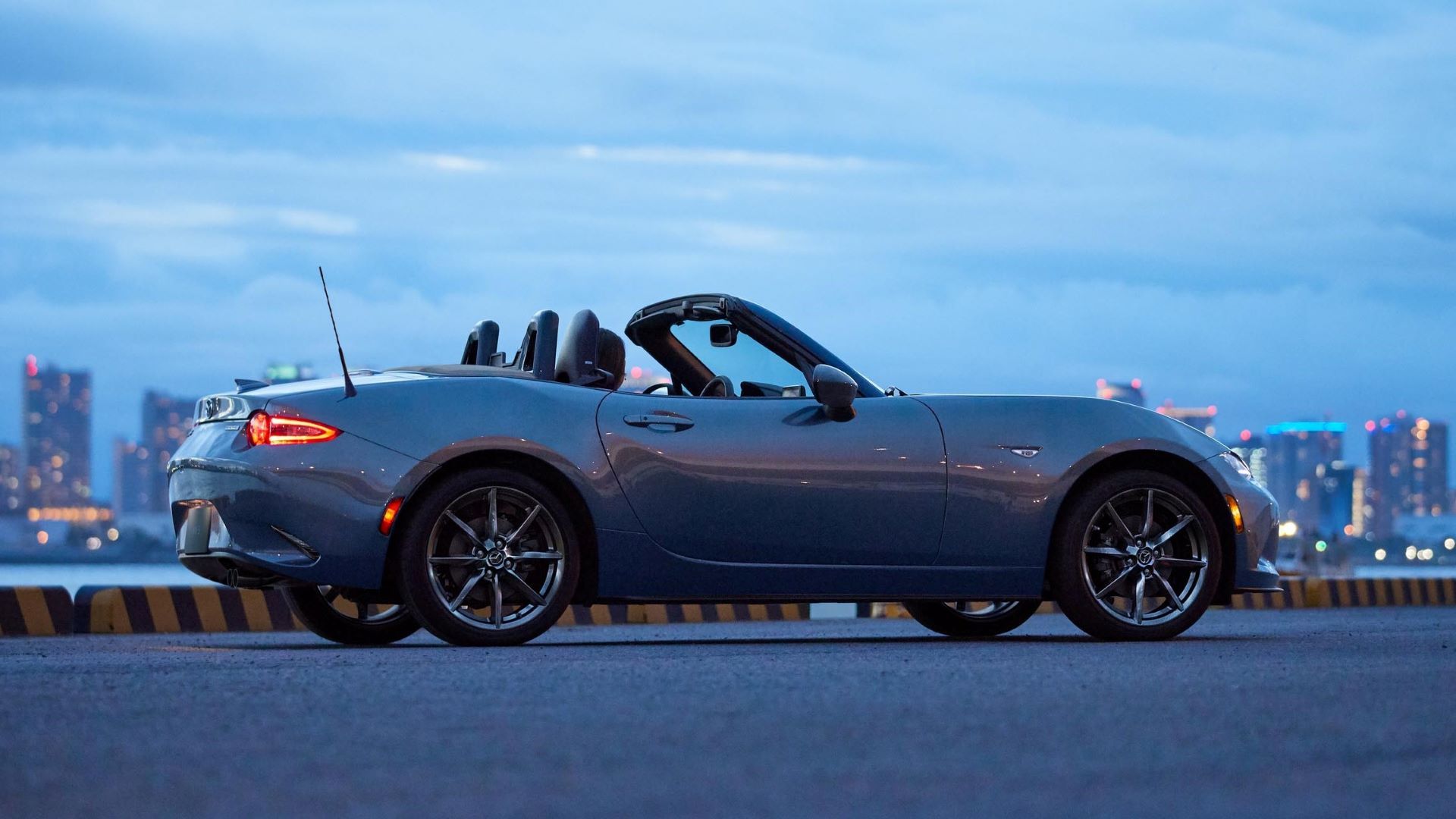Japan has long been the land of innovation in the auto industry, continually producing gems revered by all and sundry. And even though Japanese automakers joined the sports cars race late, in the 60s, they’ve done a lot for the category. For a long time, high performance and artistic styling in sports cars were a preserve for European automakers.
However, when some Japanese creations hit the market, they more than stirred the waters. From the groundbreaking Datsun S211, Honda S500, and Toyota 2000GT of the 60s to the game-changing Nissan GT-R R32, Acura NSX, and Mazda RX-7 of the late 80s and 90s, Japan has been a force to reckon with on all fronts in the automotive world.
Today, Japanese cars get the respect they deserve. And even though the Land of the Rising Sun is a long way from dethroning industry heavyweights like Porsche and Ferrari, it has shown true potential for producing track-focused cars. Modern Japanese sports cars like the Nissan GT-R NISMO, the Lexus LF-A, and Toyota GR Supra are performance icons, building on the successes of their predecessors. Here are some things that you ought to know about Japanese sports cars.
10 Not All Japanese Sports Cars Are JDM Cars
This goes without saying. Yes. Having a Japanese sports car, or any car made in Japan whatsoever, doesn’t make it a JDM car, even though it was probably manufactured and assembled in Japan. Confusing, right? On the contrary, this concept is easy to get. JDM simply stands for Japanese Domestic Market. JDM cars and parts are exclusively made for sale in the local Japanese auto market and are designed to meet Japan’s laws, regulations, and market demands.
JDM sports cars are primarily popular for their difference in price compared to USDMs, exclusivity, culture, and sometimes quirky features and modifications. They can attribute most of their success to the entertainment scene, featuring in magazines such as Super Street, movies such as The Fast and the Furious,and video games such as Need for Speed and Forza Motorsport. The most popular JDM sports car among gearheads and enthusiast alike is probably the Nissan Skyline GT-R R34, which will soon be street legal and a worthy import.
9 Used Japanese Sports Cars Hold Their Value
Japanese cars, in general, can be hailed for their reliability. And it’s this culture of creating highly dependable vehicles that make some used Japanese sports cars highly valuable. Take used cars made in the 80s and 90s, during JDM’s golden age, for instance. The nostalgia in some of the gems from this era, like the Nissan Skyline “Godzilla,” Mazda RX-7, and Toyota Supra, will never fade away.
Cars from this era represent the epitome of Japanese car culture and street racing. From robust engines to stick shifts and sequential twin turbos, these sports cars, and some from the early 2000s, are the dream driver’s cars and worthy collections. It’s no wonder some MKIV Supras go for over $100,000 on the used car market, a recent example on auction sold for $190,000.
8 Japanese Sports Cars Feature Some Of The Most Reliable Engines
If a manufacturer makes reliable cars, you can as well expect them to make an engine to match. And this is true for most Japanese sports cars. Cosmetics and exclusivity may curve out status symbols, but they are not everything. Most buyers just need a vehicle with an engine that can run with minimal mishaps. And maybe run past 100- or 200,000 miles. If an engine can check this basic requirement and add high performance into the picture, all the better.
Legendary engines like Nissan’s RB26DETT and Toyota’s 2JZ GTE featured a robust build that makes them reliable. These popular engines favor swaps and tunes and can comfortably accommodate more power with a few modifications. However, the most reliable of engines from this era is Honda’s C30A engine that came with the Acura NSX. It featured V-TEC technology, making the engine fuel efficient at low revolutions and more potent at higher revolutions.
7 Expect Durable Build Quality On Used Japanese Sports Cars
Japanese automakers have made and keep making cars that you can count on. Industry heavyweights like Toyota take the automotive manufacturing process seriously and put their heart into their products. Toyota’s tradition and approach to manufacturing are customer-centric. The cars from their plants need to meet safety, durability, and reliability requirements first before leaving the assembly line to ensure buyers get the highest quality products.
Other Japanese manufacturers also fall in line in terms of producing high-quality sports cars since the principles of kaizen apply almost everywhere. Manufacturers like Honda, Subaru, and Mazda continue to build dependable cars, and it’s not hard to see some of their old timers in the used car market. Mazda even does an exceptional job at offering well-built sports cars with impressive styling that seems way below the asking price.
6 You Get High Performance At An Affordable Price
Did you know that a Honda can actually smoke a Ferrari? Yes. During its debut, the 1991 Accura NSX was built to beat the Ferrari 328 and proved to be the better roadster in terms of speed and driving dynamics, all at a much lower sticker price. Today, modern Japanese sports cars still keep this competitive spirit alive. Therefore, it’s unsurprising that the new Accura NSX, the legendary Nissan GT-R NISMO, and Lexus LFA can give heavyweights like the Lamborghini Huracan and Ferrari F8 a run for their money.
These top-of-the-line Japanese sports cars may not be labeled as affordable but are better priced than their competitors. Price, however, should not be a deterrent factor when it comes to these cars since even some basics like Nissan 350/370Z or Subaru WRX STi offer impressive performance, all while being pocket friendly. And don’t forget, most are tuner-friendly as well.
5 Japanese Sports Cars Were The First To Feature 4WS
There’s a lot that the modern auto industry owes to Japanese innovation, from lean manufacturing systems and improved oil filtration to microchip and navigation systems. But perhaps one of the most significant innovations concerning steering and handling is the four-wheel steering system. The 1988 Honda Prelude Si was the first mass-production sports car sold in the United States to feature this technology, but Nissan’s HICAS system on the JDM 1985 Nissan Skyline GT-R R31 came earlier.
Though the system wasn’t well received when it debuted, it’s starting to re-emerge in marques such as Cadillac, Ferrari, Audi, BMW, Lamborghini, BMW, Porsche, etc., developing their own 4WS systems. Due to the associated complexities and high costs, we are yet to see the day when this system will be a standard feature in all sports cars. However, the many advantages of 4WS systems, such as improved steering response and stability, outweigh the cons.
4 JDM Sports Cars Don’t Necessarily Follow Trends
Not every manufacturer is a fan of modern designs in vehicles. And this is what makes the car culture in Japan different. From tuners and DIYers to manufacturers, there’s a sport scar hailing from this island that either looks like it’s out of place or out of space. Consider the bosozoku cars, for instance. The styling features long front splitters, long exhausts, wide fender flares, and other modifications unique to Japan.
Japanese manufacturers are also fond of creating attention grabbers sports cars with unconventional designs. A good example is Mitsuoka Motors. Mitsuoka’s Orochi, which borrows its name from a mythical eight-headed dragon, is nothing short of weird. This JDM sports car is built on the platform of a Honda NSX and runs a 233 horsepower 3.3-liter V6 Toyota powerhouse. However, it gets most of its attention from its “ugly” design rather than its performance.
3 Japanese Sports Cars Have High Tuning Potential
Tuning is in the DNA of Japan’s car culture, and, in a good way, their sports cars are always on the receiving end of it. Tuning is a thing initially more associated with car owners inclined towards making stock engines perform at their peak. In Japan, the availability of affordable and quality aftermarket performance parts and the creation of easy-to-work-with sports cars is what led to the growth of legendary tuning houses like Trust, BLITZ, and Smokey Nagata’s Top Secret.
Most sports cars from this island, even modern iterations, are highly tunable. It’s easy to squeeze more power from a Subaru WRX STi, Mazda MX-5 Miata, Nissan Z, Mitsubishi Lancer Evo, or Honda Civic Type R with a good investment in the necessary software and parts. Considering that aftermarket car parts manufacturers and tuning shops are in their numbers, finding a fair bargain shouldn’t be a challenge.
2 Some Are The Best Drift Cars Of All Time
Take some time and watch Formula DRIFT or RedBull’s Drift Masters European Championships. You won’t take long before noticing that Japanese sports cars like the Toyota GR86 and Nissan Silvia are staples in these competitions. Drifting as a technique in motorsports traces its roots back to Japan with the “father of drifting,” Kunimitsu Takahashi but is more associated with the “Drift King,” Keiichi Tsuchiya.
Fast-forward to the 21st century and drifting has graduated from being a technique into a motorsport discipline. The Japanese cars had a good time perfecting this art and keep the fire burning(or tires smoking) to this day. When your Japanese sports car meets requirements such as being RWD, lightweight, and good weight distribution, there are chances it can make a great drift car with some modifications. Just make sure not to drift on a public road or private parking lots to avoid colliding with authorities.
1 Most Japanese Sports Cars Are Cheap To Maintain
Japanese sports cars have some of the lowest maintenance costs over the course of ownership. To many, owning a sports car remains a dream they fear could quickly turn into a nightmare because of the associated costs. And this is true for most sports cars and the reason why most remain on the higher end of the price scale, targeting wealthy clients. However, Japanese sports cars do not, for the most part, fit the “high maintenance” description.
Besides being a hub for the most reliable car brands in the world, Japan also produces sports cars that are not only easy to own but cheap to maintain. An excellent example of a low-maintenance Japanese sports car is the Mazda MX-5 Miata. CarEdge estimates that it may only cost you about $5,761 in repairs and maintenance within your first ten years of owning a Miata, which is pretty affordable, to say the least.
